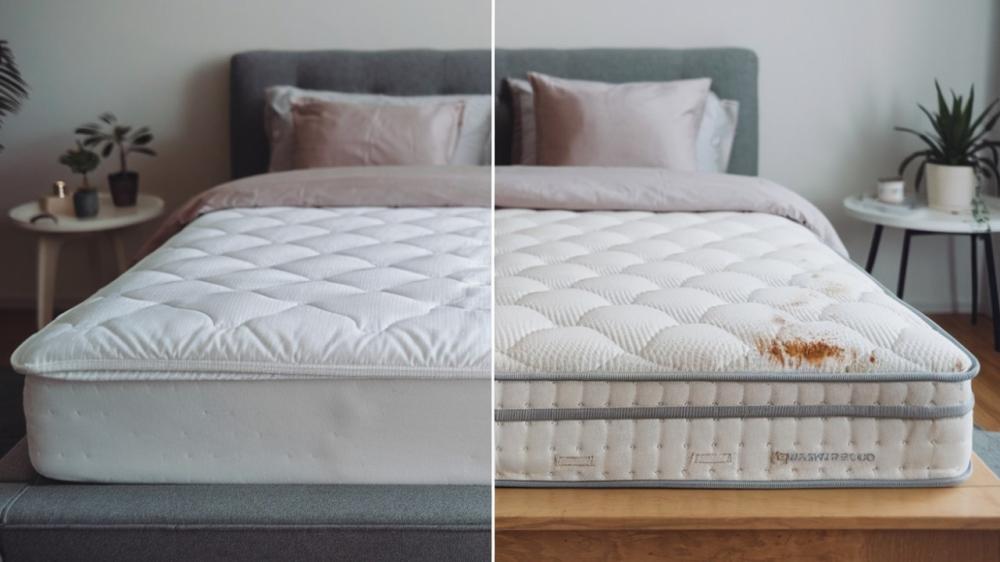
Pros and Cons of Bed Mattresses: A Comprehensive Guide
A good mattress is more than just a piece of furniture—it’s an investment in your health and well-being. With a vast range of mattress types available, each offering unique features, selecting the right one can be challenging. In this guide, we’ll explore the pros and cons of the most common mattress types to help you make an informed decision.
Types of Mattresses and Their Pros and Cons
1. Foam Mattresses
Foam mattresses, including memory foam, latex foam, and polyurethane foam, are known for their plush feel and adaptability.
- Pros:
- Exceptional pressure relief, ideal for those with joint or back pain.
- Hypoallergenic properties, suitable for allergy sufferers.
- Available in various densities and firmness levels, offering versatility.
- Cons:
- Tend to retain heat, which might be uncomfortable for hot sleepers.
- Some users dislike the "sinking" sensation.
2. Innerspring Mattresses
These traditional mattresses feature steel coils for support and a padded top layer for comfort.
- Pros:
- Affordable and widely available.
- Durable and supportive, often preferred by those with back issues.
- Comes in various firmness levels to suit different preferences.
- Cons:
- Can be noisy when shifting positions.
- May lack adequate pressure relief, especially for side sleepers.
- Shorter lifespan compared to other types.
3. Hybrid Mattresses
Hybrid mattresses combine foam layers with innerspring coils for a balanced sleep experience.
- Pros:
- Offers the pressure relief of foam and the support of coils.
- Durable and suitable for a variety of sleep positions.
- Available in multiple firmness levels.
- Cons:
- Often more expensive than foam or innerspring mattresses.
- Can retain heat, though this varies by design.
4. Gel Grid Mattresses
A newer innovation, gel grid mattresses use gel-infused foam over a support grid for optimal pressure relief.
- Pros:
- Excellent pressure relief and support, making them ideal for those with chronic pain.
- Retain less heat than foam mattresses.
- Customizable firmness levels.
- Cons:
- Higher price point.
- Unique texture that may not appeal to everyone.
Factors to Consider When Choosing a Mattress
Choosing the perfect mattress involves more than just picking a type. Consider these factors:
- Sleep Position: Side sleepers may prefer foam or hybrid mattresses for pressure relief, while back sleepers might benefit from firmer options like innerspring or gel grid mattresses.
- Budget: While foam and innerspring mattresses are budget-friendly, hybrids and gel grids offer premium features at a higher cost.
- Body Temperature: Hot sleepers may prioritize mattresses with cooling features, such as gel-infused foam.
- Durability: High-quality mattresses typically last longer, making them a better long-term investment.
- Physical Needs: Individuals with chronic pain or specific medical conditions should prioritize mattresses offering targeted support.
Conclusion
Selecting the right mattress is pivotal for ensuring restful sleep and overall well-being. Each mattress type—foam, innerspring, hybrid, and gel grid—has its strengths and weaknesses. By understanding your unique needs and evaluating the pros and cons, you can choose a mattress that delivers comfort, support, and value.
Invest in a high-quality mattress tailored to your preferences and wake up refreshed and ready to take on the day.

